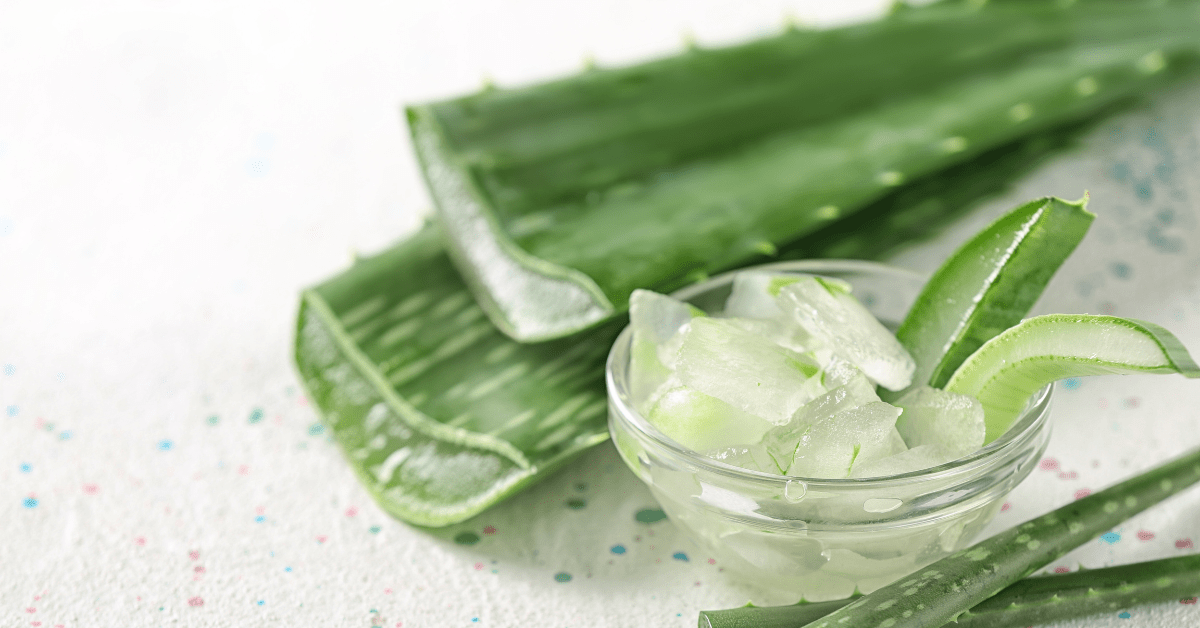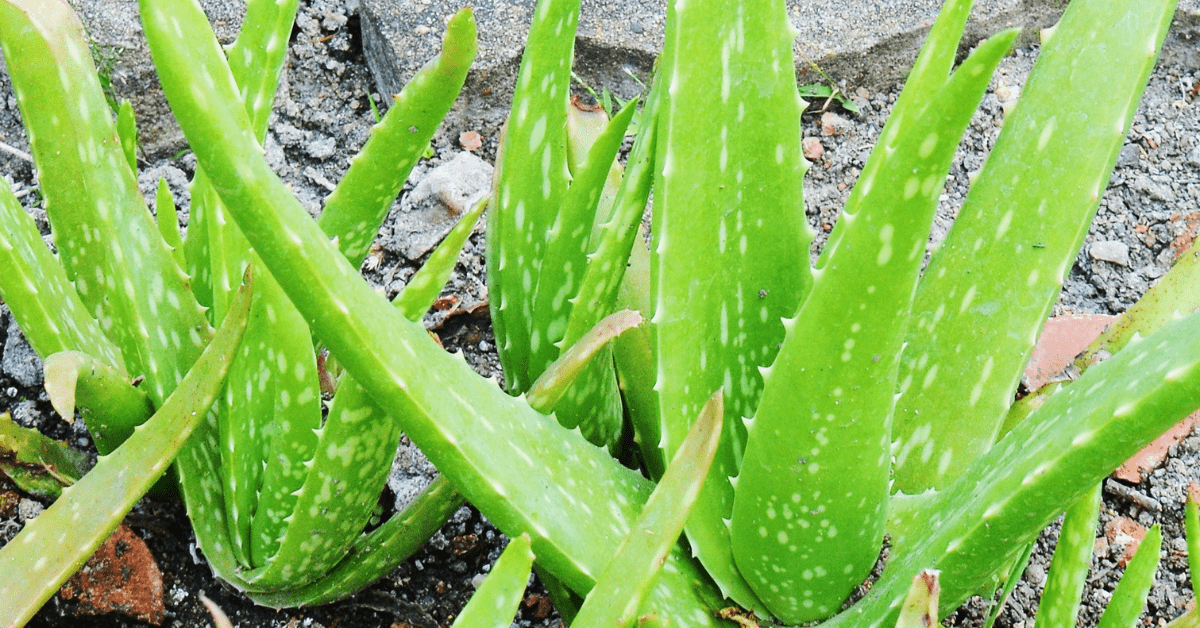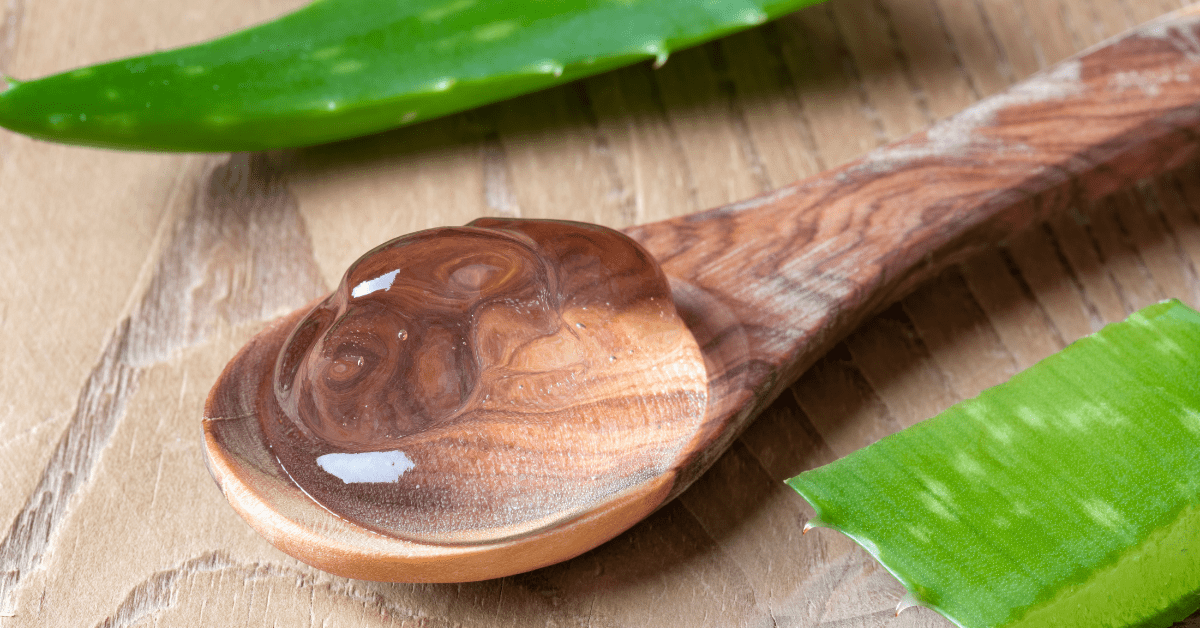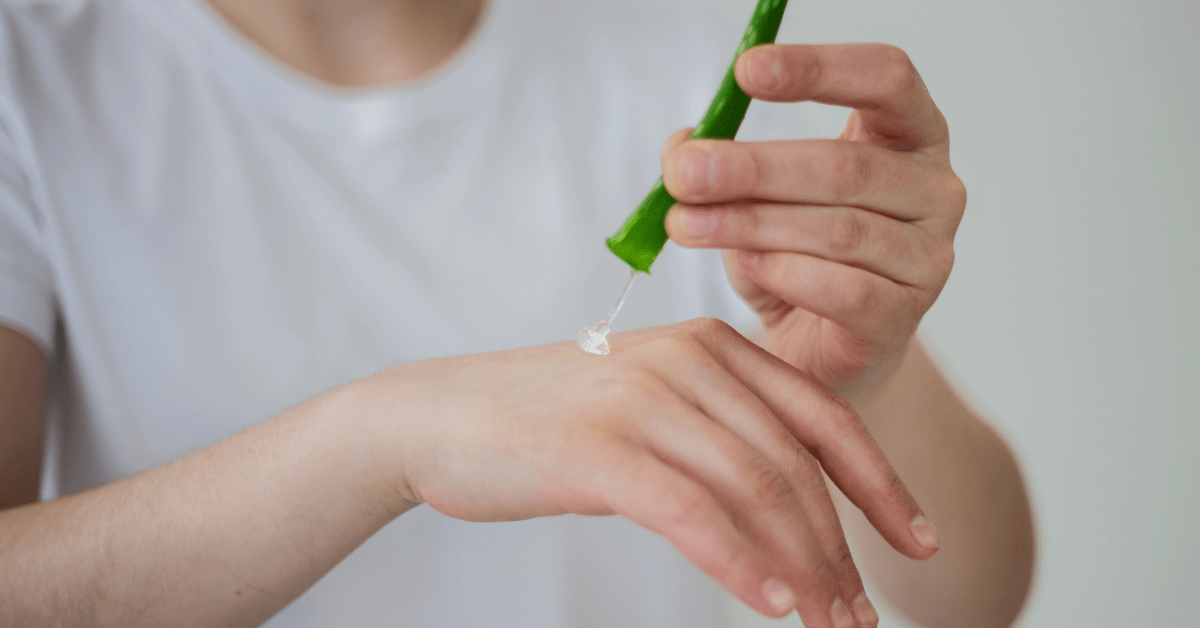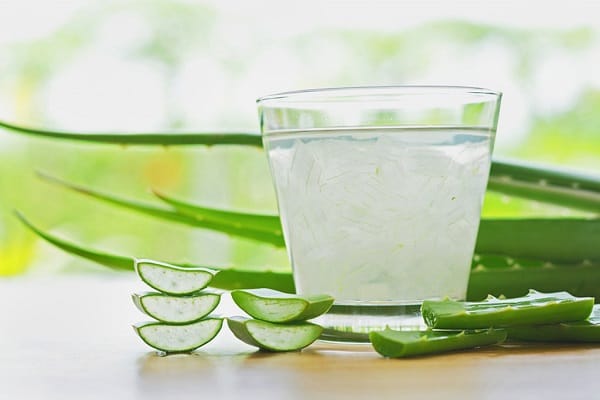One of the most popular indoor succulent plants, Aloe Vera, is native to the Mediterranean region. They have a small stem and grow up to 24 to 39 inches in height. Their thick green leaves with brown spots look gorgeous. But do you know that this elegant succulent can be used for much more than just an ornamental house décor? Aloe vera is an extremely popular Ayurvedic medicine that has been in therapeutic use for many centuries. It can help diminish insomnia, sunburn, baldness, burns, wounds, and fever as well. From relieving headaches to potentially slowing the spread of various cancer, scientists are just now beginning to unlock the benefits of Aloe Vera plant. There are more than 250 species of Aloe Vera as of now. Four species of Aloe Vera are grown for their health benefits, while the rest are grown for ornamental uses. Barbadensis Aloe Vera is the most potent and commonly cultivated species of the Aloe Family and is a native of North Africa. Aloe Barbadensis Miller is also known as True Aloe Vera. Wild species of the Aloe Vera family can survive for more than a century.
Interesting, isn’t it? So let’s explore the top 7 Facts about Aloe Vera that may come as a surprise to you!
1. Aloe Vera during the Ancient Time
The uses of Aloe Vera is well-known by the ancient cultures throughout the world. The first recorded use of Aloe Vera dates back to Egypt in the Ebers Papyrus period from the 16th century BC! According to various data and studies, historians say that the Egyptian Queens Nefertiti and Cleopatra knew Aloe Vera uses. They incorporated Aloe Vera as a part of their beauty regimes. Rosslyn Chapel Cabes in Scotland also has Aloe Vera carvings portrayed as their most precious discovery. Ancient Indian, Chinese, Greek, and Roman physicians have used Aloe Vera. Even our ancestors didn’t miss out on Aloe Vera’s uses in improving their health and appearance.
2. Aloe Vera for Hair
Vitamin A, C, and E in Aloe vera contribute to promoting healthy cell growth and shiny hair. Aloe Vera Get contains Folic Acid and Vitamin B12 that protects your hair from falling out. Aloe Vera contains high collagen content and thus has cooling properties. Due to the Aloe Vera’s mineral content, Dermatologists encourage applying aloe vera on hair as a natural hair mask.
3. Aloe Vera for Anti-Ageing Benefits
Unlike your regular synthetic moisturizers, Aloe Vera does not leaves a greasy film on your face and skin. They do entirely the opposite – Aloe Vera unclogs the pores on your face leaving you with moisturized and soft skin. Your Aloe Vera plant has anti-aging and anti-inflammatory properties due to an abundance of Vitamin E, Vitamin C, and beta-carotene. It eradicates most skin problems, from skin blemishes to diminishing age lines.
4. Aloe Vera for Dental Health
Oral diseases and tooth decay are widespread health problems these days. The best way to maintain oral health is to reduce the buildup of bacterial biofilms or plaque on your teeth. In an oral health study involving 450 healthy people, researchers found out that pure Aloe Vera juice is equivalent to the standard mouthwash containing chlorhexidine and other chemicals. It can reduce dental plaque within a period of 15 to 30 days.
5. Aloe Vera for Breast Cancer
Various new studies published in Complementary and Alternative Medicine examined the therapeutic benefits of Aloe Vera in treating Breast Cancer. The results show that Aloe vera can be an effective anti-cancer agent due to Aloe-Emodin’s presence in their leaves. However, more studies are required to advance this theory further.
6. Nutritious Health Booster
Being the only vegan source of Vitamin B-12, Aloe vera juice’s benefits bring excellent news for vegans and the vegetarian community. Aloe vera contains 99.5% water, and 0.5% contains active nutrients. Regularly drinking Aloe Vera juice will ensure your body gets an ample supply of essential minerals, vitamins, and folic acid. Aloe Vera can speed up wound healing by improving blood circulation. Recent clinical studies have proven that Aloe Vera Juice also helps increase white blood cell counts, thereby strengthening the immune system.
7. Aloe Vera is not a Cactus
Aloe Vera has a spiky appearance that helps them thrive in dry seasons in desert landscapes. They can often be mistaken for another form of cactus. But Aloe Vera is a thorny succulent of the Asphodelaceae (Liliaceae) family.
These were some of the most bizarre facts about Aloe Vera. Which of these facts about Aloe Vera was your favorite? Let us know in the comment section below!

